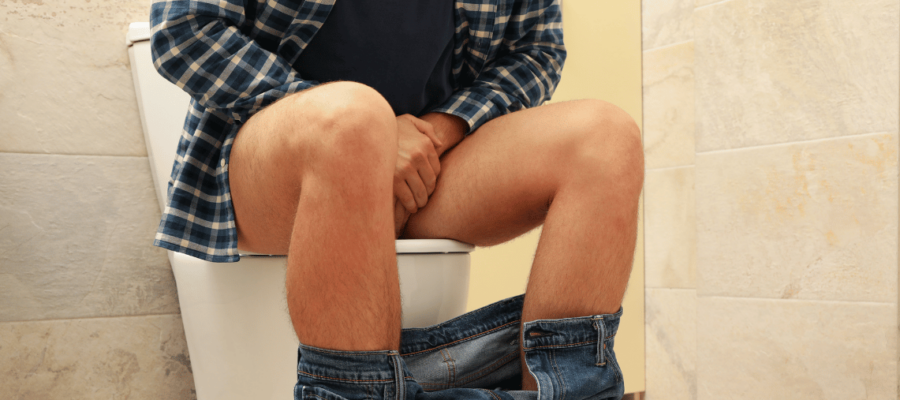Treating Fecal Incontinence with Muscle Cell Implantation
A breakthrough treatment for fecal incontinence (FI) involving the injection of high doses of autologous cells from skeletal muscle, followed by pelvic floor electrical stimulation, has shown promising results. Particularly effective for patients in the early stages of FI with a high frequency of incontinence episodes, this innovative therapy offers hope for those who have struggled with this condition.
A comprehensive study
The concept of using autologous cells from skeletal muscle to address FI has been previously explored. In a multinational effort, a group of researchers conducted a comprehensive study to evaluate the safety and effectiveness of this cell therapy. Their goals included determining the optimal dosage and identifying the patient profiles that would benefit most from this treatment.
In this placebo-controlled study, 251 patients with weakened or damaged external anal sphincters who had been living with FI for a minimum of 6 months were randomly assigned to receive either a placebo or varying doses of autologous cells. Additionally, all participants underwent pelvic floor electrical stimulation both before and after the treatment. Over a 12-month follow-up period, the researchers assessed several key factors, including incontinence episode frequency (IEF), FI quality of life (QoL), the burden of FI on a visual analog scale, the Wexner score, and anorectal physiological function parameters.
The results were impressive
The results of the cell therapy were impressive. IEF, FI-QoL, and the overall burden of FI improved significantly compared to the placebo group. Notably, the improvement in IEF reached the predetermined threshold for statistical significance. Further post-hoc analyses revealed that patients with a shorter duration of FI and higher baseline IEF experienced the most substantial benefits from the therapy. In the high-cell group, the positive effects persisted and, in some cases, even strengthened between months 6 and 12. Meanwhile, the low-cell group and placebo group demonstrated stabilized or diminished effects. Importantly, the study reported no significant changes in most physiological parameters, and no unexpected adverse events occurred during the treatment.
These promising findings indicate that cell therapy may emerge as a valuable treatment option for individuals dealing with FI in the future, pending confirmation through phase III trials. This innovative approach offers renewed hope for those suffering from this challenging condition, potentially providing a life-changing solution for many.
















